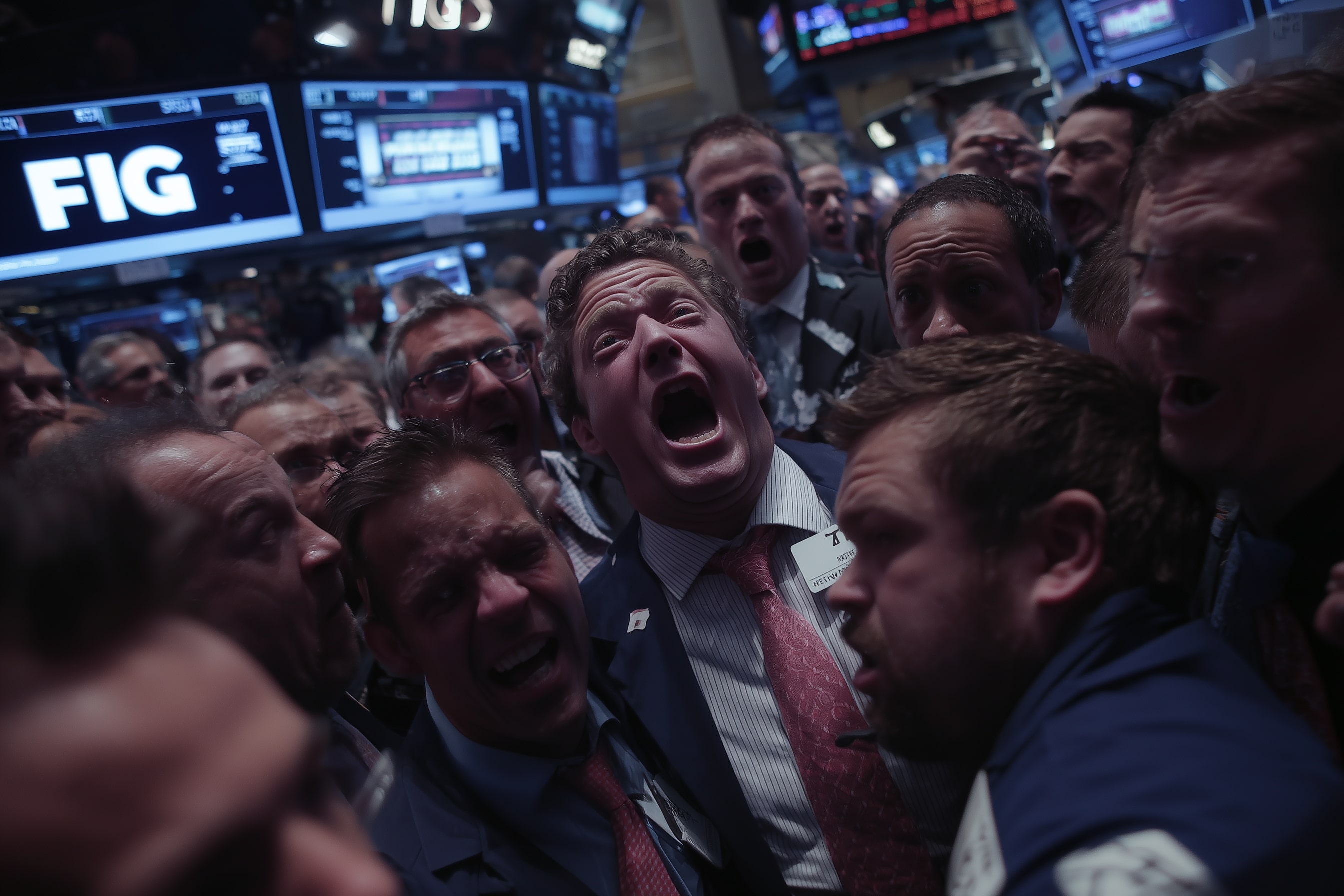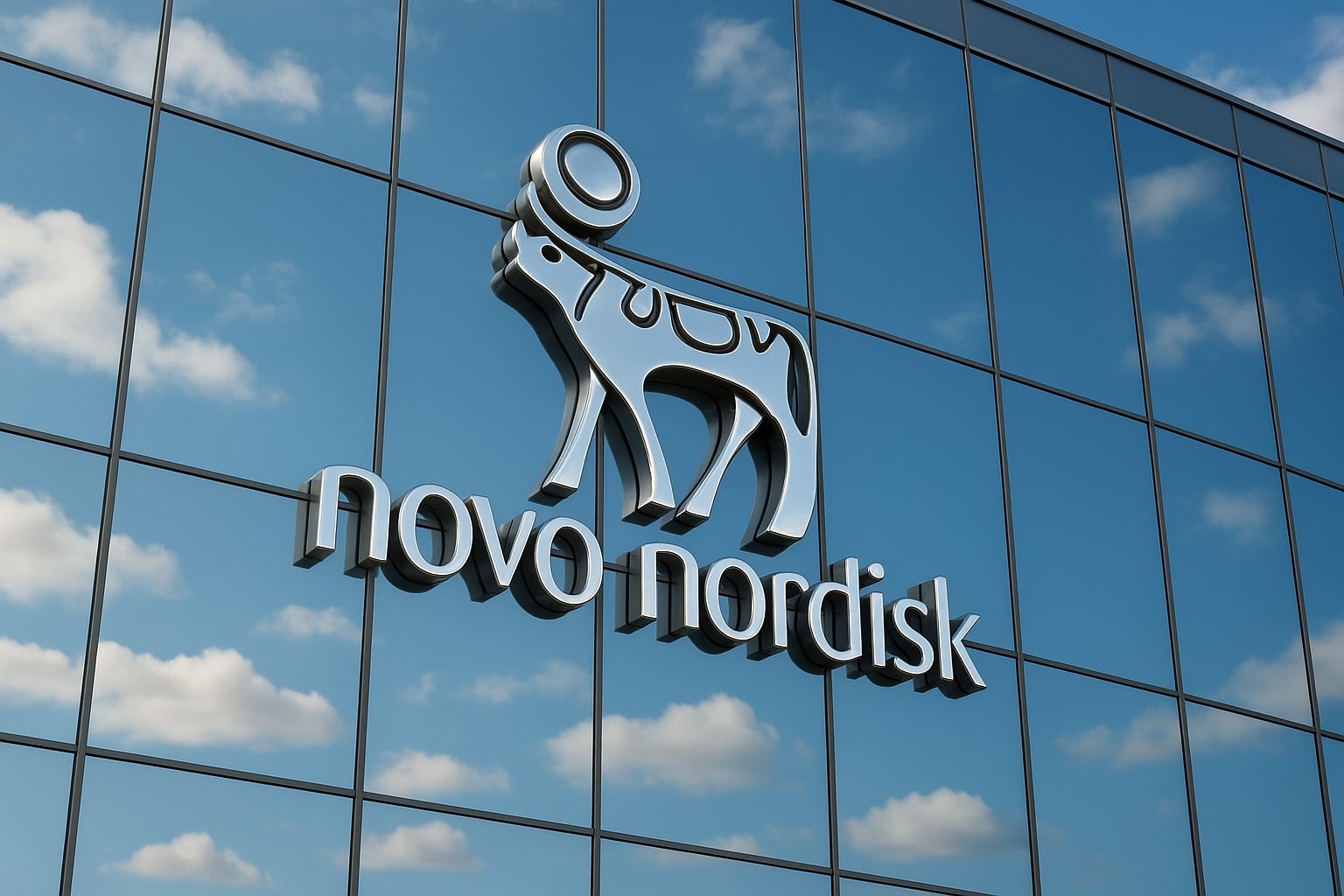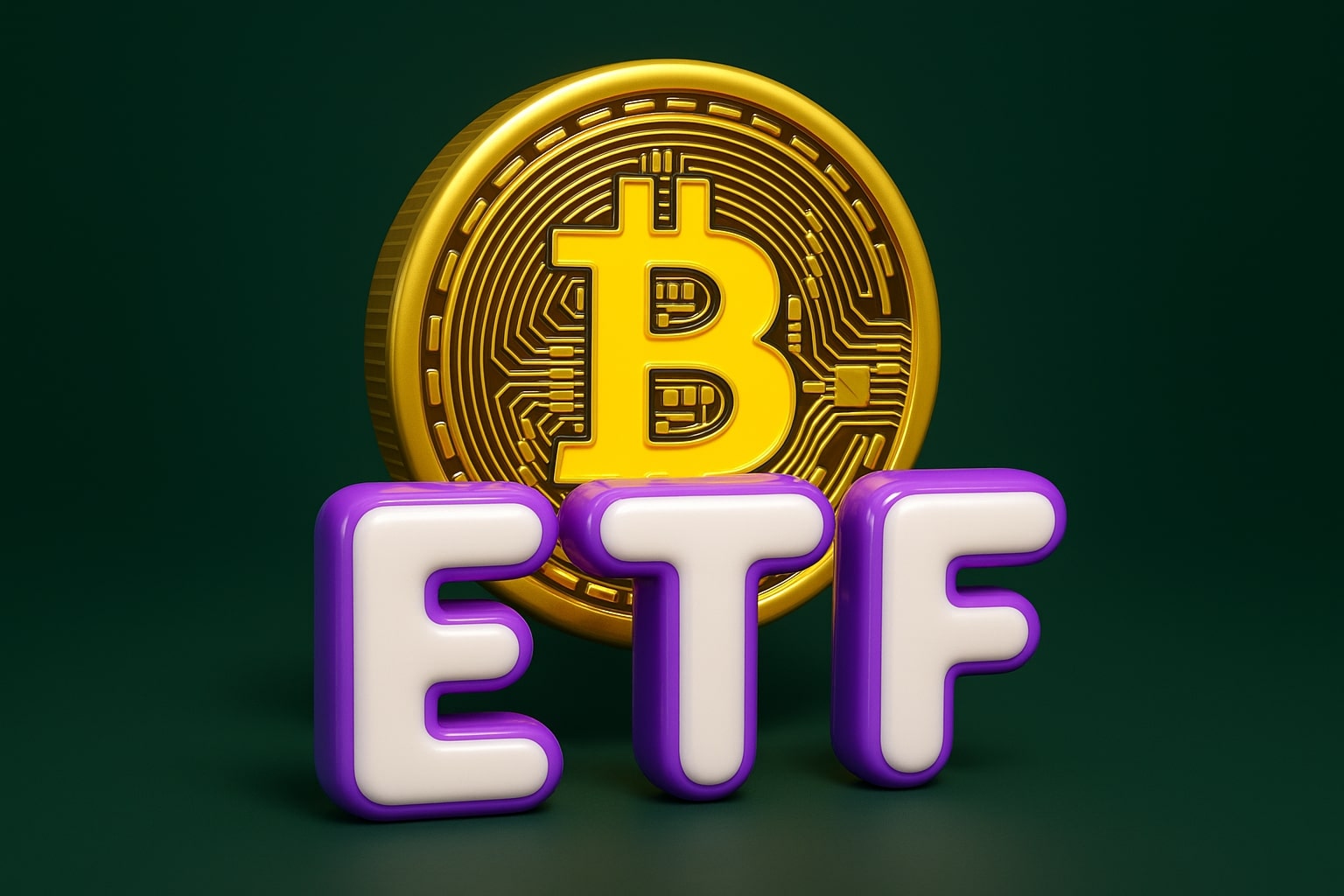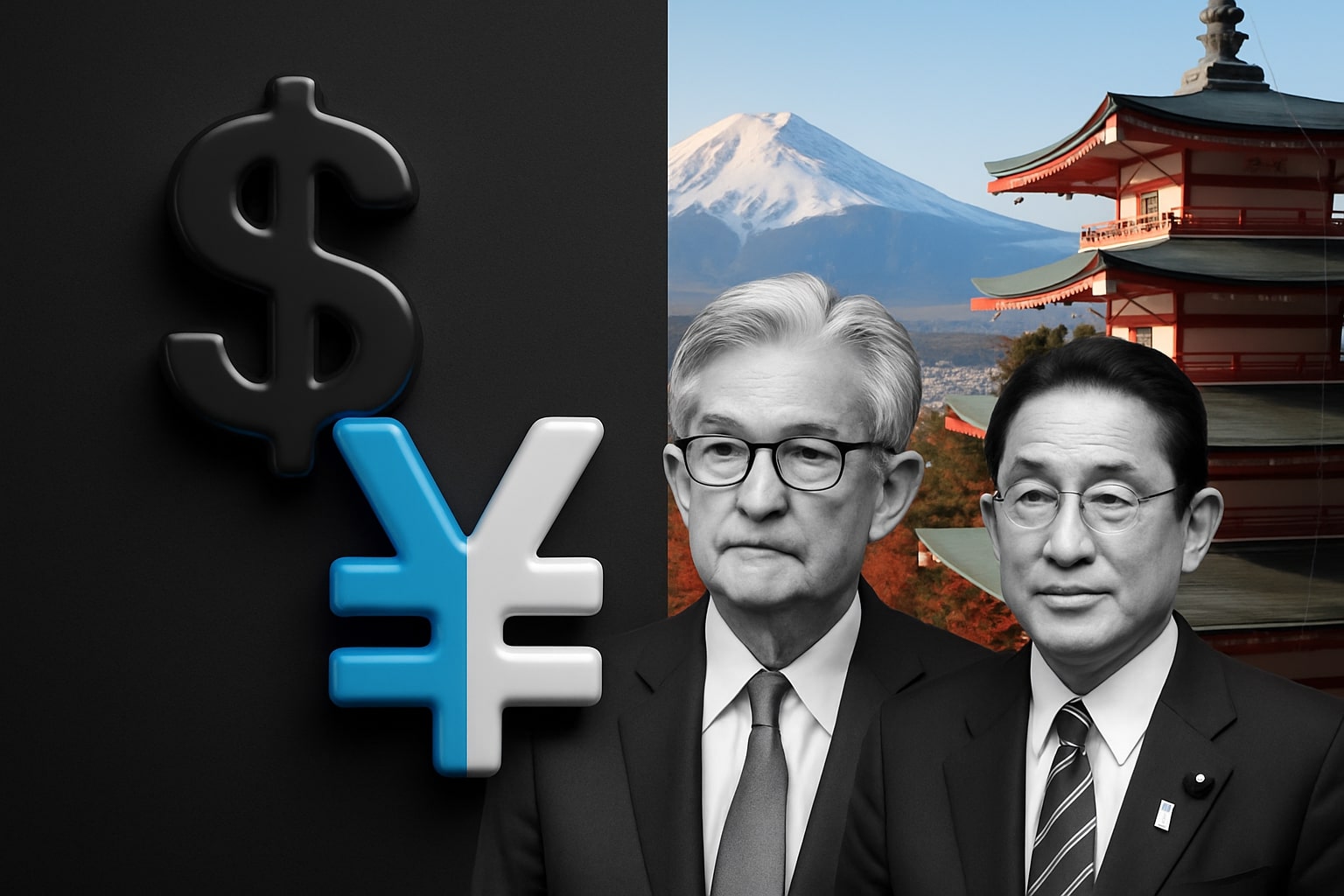
Stock Market Today: Alphabet Nears $4 Trillion as NVDA Stock Tumbles 4.6% and Dow Outperforms Nasdaq
AI chip rivalry reshapes Wall Street: NVDA and AMD Stock sink as GOOGL) and Meta (META) surge, Dow climbs 0.73% to 46,787 while S&P 500 holds steady near 6,719 | That's TradingNEWS
Stock Market Today - Wall Street Mixed As NVDA Sinks And Alphabet Surges In AI Power Shift
U.S. markets moved unevenly on Tuesday, November 25, 2025, as volatility surged across the technology sector following a decisive turn in the artificial intelligence chip war. The Nasdaq Composite slipped 0.22% to 22,820.83, pressured by heavy losses in semiconductors, while the S&P 500 managed a modest 0.21% rise to 6,719.02, and the Dow Jones Industrial Average outperformed with a 0.73% advance to 46,787.66, powered by sharp gains in consumer and retail stocks. The Russell 2000 Index added 1.29% to 2,445.44, showing investors’ growing preference for small-cap names amid expectations that the Federal Reserve could deliver its first rate cut in December.
Alphabet Accelerates Toward $4 Trillion As AI Rivalry Reshapes The Market
Alphabet Inc. (NASDAQ:GOOGL) extended its rally, climbing 0.97% to $321.57, pushing the company’s market capitalization closer to the $4 trillion milestone. The advance came after reports revealed that Google is expanding its Tensor Processing Unit (TPU) program, signaling a direct competitive assault on NVIDIA Corporation (NASDAQ:NVDA). Google has reportedly entered talks with Meta Platforms (NASDAQ:META) for a multi-billion-dollar deal that could see Meta deploying Google’s AI chips in its own data centers by 2027, while renting TPU capacity through Google Cloud starting next year.
This strategic pivot transforms Alphabet from a cloud service provider into a hardware competitor in the AI semiconductor space. Analysts estimate that Google’s AI and DeepMind divisions could command a valuation close to $900 billion, potentially seizing 10% of Nvidia’s annual revenue within several years. Meta shares jumped 2.36% to $627.50 on expectations of a long-term partnership, while the news triggered a steep selloff in Nvidia and Advanced Micro Devices (NASDAQ:AMD).
Nvidia Faces Its Sharpest Monthly Drop Since 2022
The market’s reaction was immediate. Nvidia shares plunged 4.6% to $174.50, extending their month-to-date decline to over 15%, the worst since September 2022. The stock, once the undisputed AI leader, is now facing a wave of competition from its biggest customers. Google, Amazon (NASDAQ:AMZN), and Microsoft (NASDAQ:MSFT) are all developing their own in-house chips to reduce dependency on Nvidia’s GPUs. Amazon recently completed a large-scale deployment of 500,000 Trainium2 chips, supplying the AI research firm Anthropic, while Microsoft’s custom Athena processor has entered commercial testing.
The pressure intensified after prominent investor Michael Burry, known for “The Big Short,” disclosed new short positions worth over $1 billion against Nvidia and Palantir Technologies (NYSE:PLTR), warning that the AI market mirrors the late-1990s dot-com bubble. Nvidia management responded through an internal memo to analysts, rejecting bubble comparisons and emphasizing that its partnerships with leading AI developers are strategic growth enablers rather than speculative exposure.
Broadcom Strengthens Its Role As AI’s Hidden Infrastructure Winner
While Nvidia faltered, Broadcom Inc. (NASDAQ:AVGO) remained a quiet beneficiary of the AI revolution. The stock held at $376.11, consolidating after Monday’s 11% rally. Broadcom is a critical fabrication partner for Google’s TPU project and also collaborates with Meta on application-specific integrated circuits. This dual exposure positions the company as a structural winner in AI hardware infrastructure, supplying the data-center backbone powering global model training and inference.
Market data shows Broadcom’s market capitalization now exceeds Meta’s by more than $218 billion, marking the widest valuation gap on record. Analysts note that Broadcom’s outperformance reflects investor preference for steady cash-flow growth and recurring design-win revenue over speculative AI valuations.
Dow Jones Strengthens As Retail Stocks Defy Inflation Pressures
The Dow Jones Industrial Average outperformed the broader market, lifted by robust retail earnings that offset technology weakness. Kohl’s Corp. (NYSE:KSS) soared 33% after delivering a surprise profit and raising its full-year outlook, signaling a potential turnaround for the struggling department-store chain. Best Buy Co. (NYSE:BBY) climbed 4.9% to $79.34, boosting its revenue forecast to $41.65–$41.95 billion and guiding adjusted earnings per share between $6.25 and $6.35.
The upbeat tone extended across the retail sector. Abercrombie & Fitch (NYSE:ANF) advanced 30% to $85.38 after reporting 7% quarterly sales growth and stronger-than-expected holiday guidance. Dick’s Sporting Goods (NYSE:DKS) rose 0.72% to $207.80, outlining store closures and restructuring plans following its Foot Locker acquisition to streamline operations and protect fiscal 2026 profitability.
Federal Reserve Expectations Anchor A Shift Toward Value
Investor sentiment was shaped by growing conviction that the Federal Reserve will cut rates in December. The 10-year Treasury yield slipped to 4.011%, while the CBOE Volatility Index (VIX) dropped 4.34% to 19.62, indicating calmer equity sentiment. The U.S. dollar index weakened 0.32% to 97.24, providing support to precious metals and export-oriented equities.
FedWatch data showed an 80% probability of a 25-basis-point rate cut, rising sharply after New York Fed President John Williams said there was “room to lower rates in the near term,” and San Francisco Fed President Mary Daly added that slowing labor markets justify pre-emptive easing. These remarks spurred renewed rotation from growth into cyclical and consumer-linked sectors, which dominated the Dow’s advance.
Macro Data Reveals Cooling Growth And Mixed Inflation Trends
Shutdown-delayed economic data painted a softening picture of U.S. growth. Retail sales increased just 0.2% in September, missing expectations of 0.4%, suggesting slowing discretionary spending momentum. The Producer Price Index rose 0.3%, consistent with forecasts, pointing to persistent input cost pressures despite fading consumer demand. The ADP employment report revealed that the private sector lost an average of 13,500 jobs per week through early November, highlighting a deceleration in hiring ahead of the holiday season.
Meanwhile, the Conference Board’s Consumer Confidence Index fell sharply to 88.7, its weakest reading since April, as households expressed growing concern over job availability and inflation persistence. Together, these indicators reinforce the market’s expectation that the Fed’s tightening cycle has reached its endpoint.
Commodities And Crypto Respond To Dollar Weakness
The weakening dollar helped gold (XAU/USD) climb 0.82% to $4,127.90, extending its multi-week rally as traders sought hedges against potential monetary easing. Crude oil (CL=F) slipped 2.62% to $57.30, pressured by slowing demand forecasts and rising U.S. inventories. Bitcoin (BTC-USD) retreated 2.27% to $87,125.72, paring recent gains after failing to break resistance near $87,900, as traders locked in profits ahead of regulatory developments on ETF approvals.
Sector Rotation Broadens Market Participation
The S&P 500 consumer staples sector lagged, down 1.1%, with Coca-Cola (NYSE:KO) and Procter & Gamble (NYSE:PG) declining as investors rotated out of defensive holdings. Meanwhile, consumer discretionary and technology shares led inflows, with rising volumes in retail, semiconductors, and cloud-infrastructure names. The KBW Nasdaq Bank Index added 1.18%, as lower yields supported bank valuations and net-interest-margin stability.
AI Market Realignment Defines The New Trading Landscape
The AI hardware narrative dominated Wall Street’s focus. The shift from Nvidia-centric architectures to diversified ecosystems built around Google, Meta, and Amazon marks a pivotal structural change in the technology supply chain. Alphabet (GOOGL) now stands at the center of this evolution, leveraging its vertically integrated model—software, cloud, and chips—to capture a larger share of AI economics. Broadcom (AVGO) remains the quiet outperformer, positioned to benefit from both sides of the AI arms race as a supplier to Google and Meta.
In contrast, Nvidia (NVDA) and AMD (AMD) face a tightening margin environment as hyperscalers internalize design and manufacturing. Despite the decline, Nvidia still trades nearly 28% higher year-to-date, underscoring investor belief in its long-term leadership, but near-term sentiment remains fragile.
Read More
-
Novo Nordisk Stock Price Forecast - NVO Shares Rebounds to $47.06 as Cost Cuts Set Stage for 2026 Breakout
25.11.2025 · TradingNEWS ArchiveStocks
-
Bitcoin ETF Outflows Reach $151M Amid Rotation to Ethereum, Solana, and XRP ETFs
25.11.2025 · TradingNEWS ArchiveCrypto
-
Natural Gas Price (NG=F) Drops to $4.39 as Record Output and Global LNG Flood Weigh on Futures
25.11.2025 · TradingNEWS ArchiveCommodities
-
QQQI ETF Draws $297.7M Inflows as Price Nears $53.93 and Yield Tops 14%
24.11.2025 · TradingNEWS ArchiveMarkets
-
USD/JPY Price Forecast - Dollar to Yen Drops to 156.05 as Weak U.S. Data Shake Dollar Strength
25.11.2025 · TradingNEWS ArchiveForex
Market Outlook And Directional View
The balance of power in equities has shifted. The Dow’s defensive strength and S&P 500’s resilience highlight underlying rotation into earnings-driven sectors, while the Nasdaq’s 4% November loss signals exhaustion in overbought AI names. Rate-cut expectations continue to underpin valuation multiples, yet the market’s leadership is clearly narrowing toward companies with tangible profit growth rather than speculative AI exposure.
Trading News analysis identifies Alphabet (GOOGL) and Broadcom (AVGO) as immediate momentum beneficiaries of the current rotation, both backed by quantifiable infrastructure revenue and strategic positioning in AI computing. Nvidia (NVDA) and AMD (AMD) remain vulnerable until demand visibility and pricing stability improve. The broader market tone stays constructive heading into December, supported by easing inflation data, resilient retail earnings, and declining yields—setting the stage for a potential year-end rally led by value and industrial equities.
Overall market stance: Alphabet (GOOGL) — Buy; Broadcom (AVGO) — Buy; Meta (META) — Buy; Nvidia (NVDA) — Hold; AMD (AMD) — Sell; Tesla (TSLA) — Sell.
The AI landscape has entered a new phase, and Wall Street’s recalibration is only beginning. The November correction marks not the end of the tech rally, but its transformation—from speculative momentum to competitive survival.


















